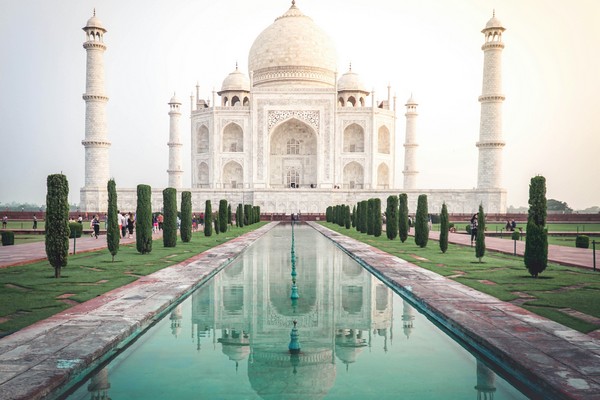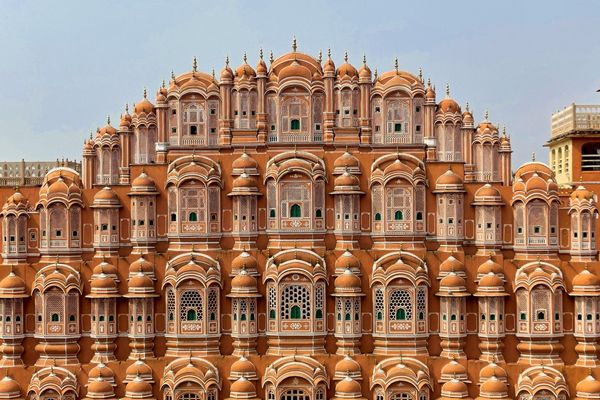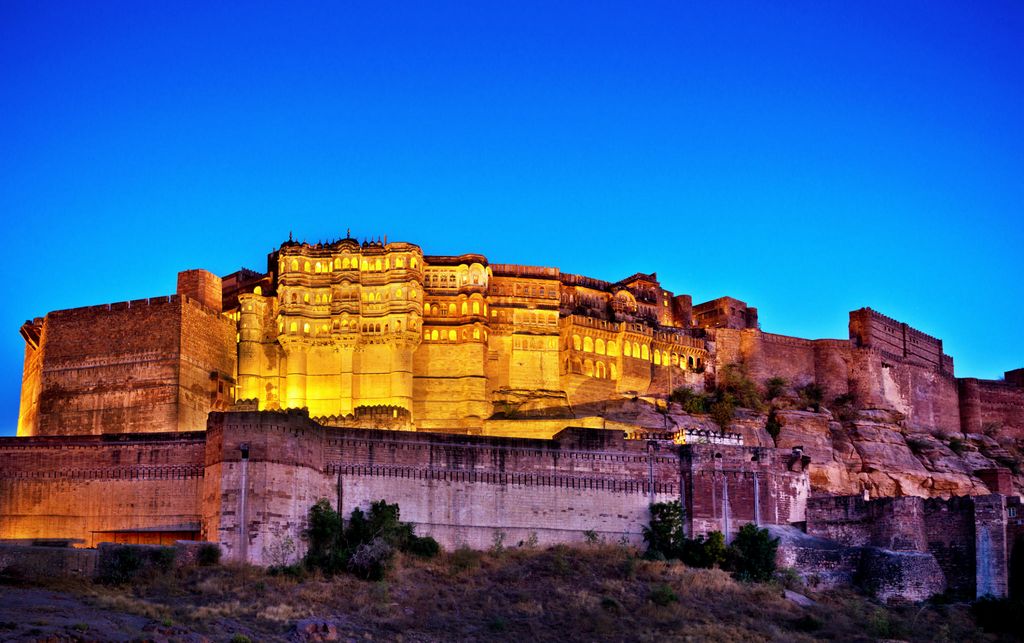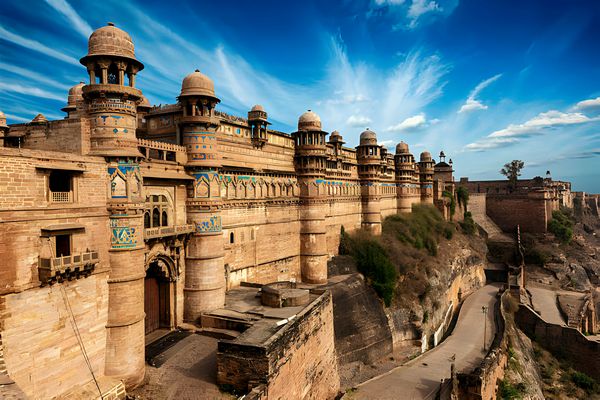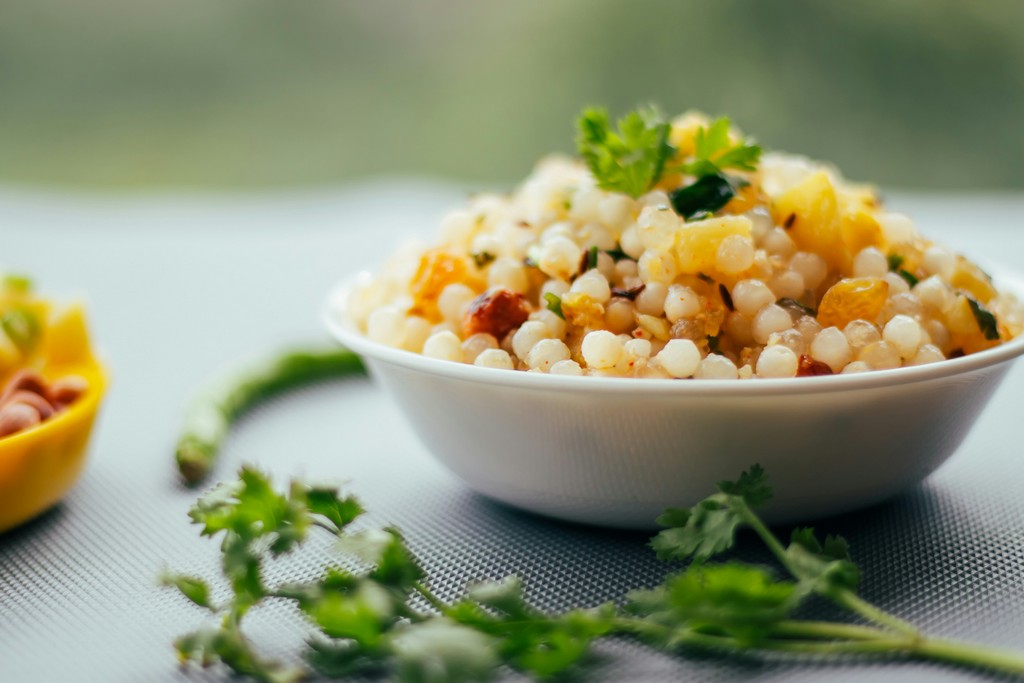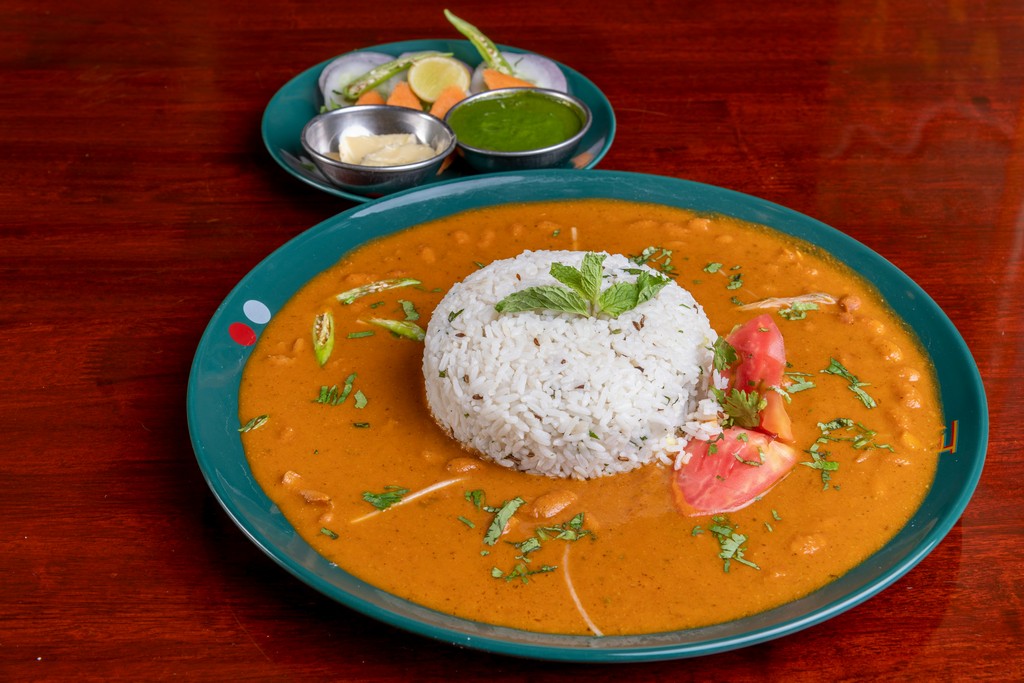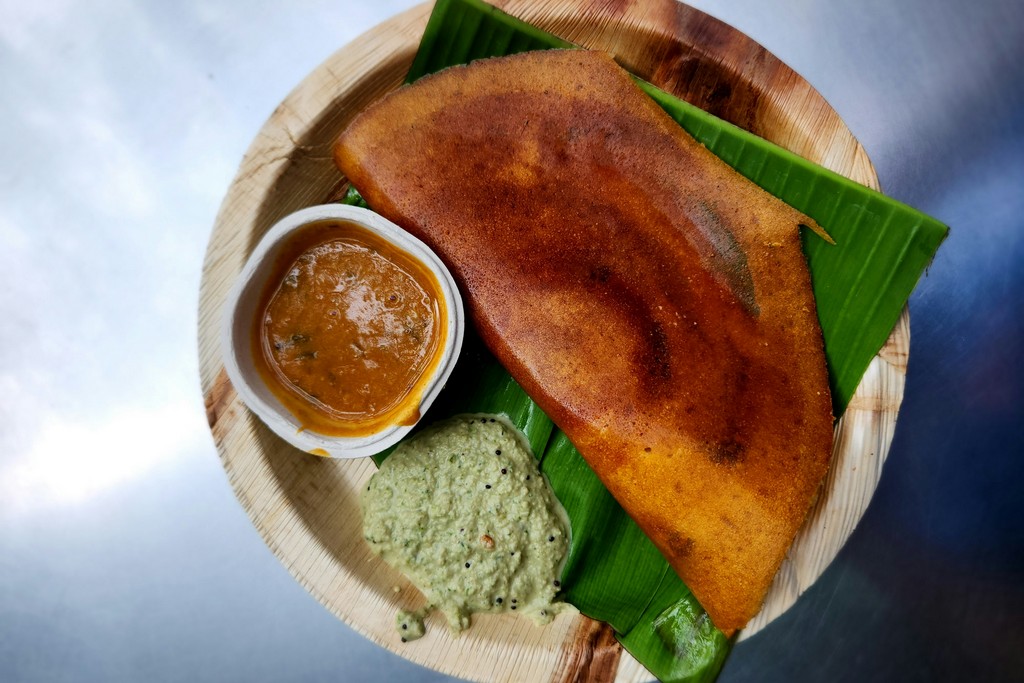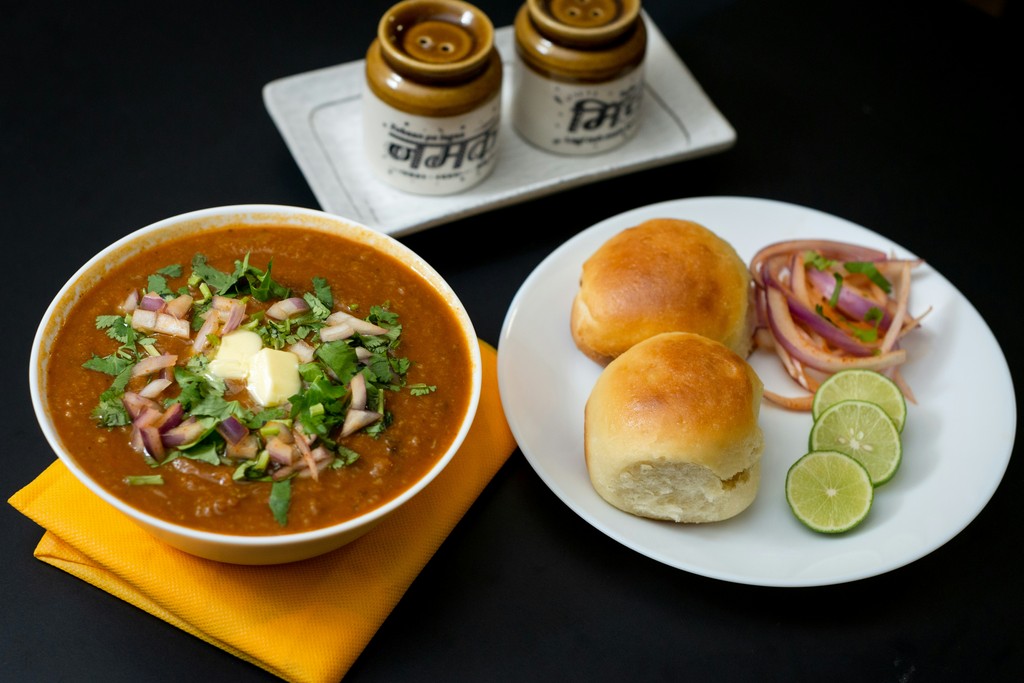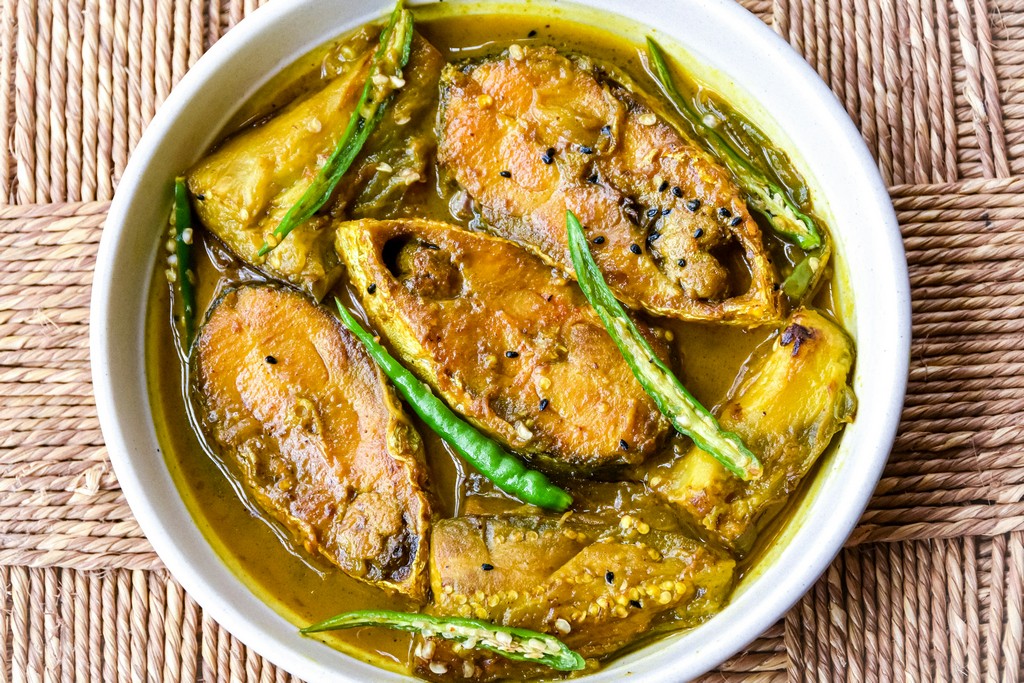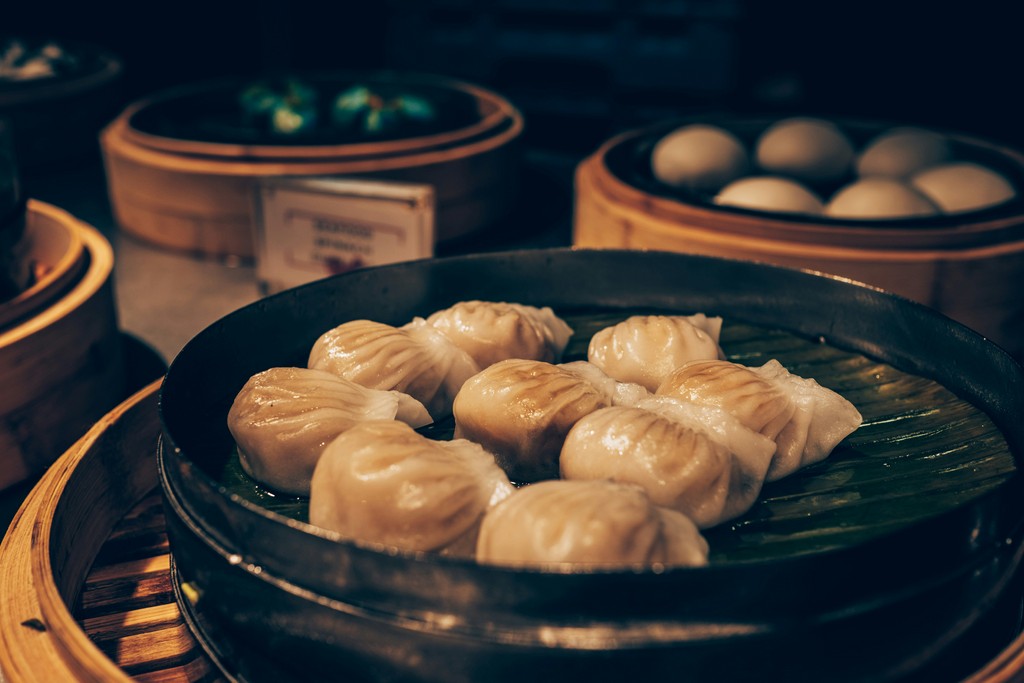India’s culinary landscape is as diverse as its culture and geography, with each region offering a unique array of flavors, spices, and cooking techniques. From the northern states of Punjab, Uttar Pradesh, and Rajasthan to the southern states of Kerala, Tamil Nadu, and Karnataka, and from the western regions of Maharashtra and Gujarat to the eastern states of West Bengal, Odisha, and Assam, the country’s cuisines vary widely. In the north, dishes like sarson ka saag and makke ki roti from Punjab, the Mughlai delicacies of Lucknow, and Rajasthan’s dal baati churma showcase rich flavors and hearty ingredients. Moving south, we encounter the tangy curries of Kerala, the iconic dosas and idlis of Tamil Nadu, and Karnataka’s flavorful bisi bele bath and ragi mudde. Western India boasts the seafood delights of Maharashtra’s coastal cuisine, the vegetarian specialties of Gujarat, and the royal Mughlai cuisine of Hyderabad in Telangana. Eastern India offers Assam’s bamboo shoot delicacies, Bengal’s fish curries and sweets, and Odisha’s unique temple cuisine. Each region’s cuisine reflects its history, climate, and cultural influences, making Indian cuisine a fascinating and endlessly varied culinary journey. While covering every detail of India’s diverse cuisines is impossible in a single article, this overview aims to highlight the richness and depth of flavors found across the country’s vast culinary landscape.
North India
North Indian cuisine encompasses a diverse and vibrant culinary tapestry, reflecting the unique traditions and flavors of states like Rajasthan, Kashmir, Himachal Pradesh, Punjab, Haryana, Delhi, Uttarakhand, and western Uttar Pradesh. Rajasthan’s cuisine is characterized by its rich and spicy dishes like dal baati churma, gatte ki sabzi, and ker sangri, often accompanied by bajra and corn-based breads. Kashmiri cuisine is known for its aromatic and flavorful dishes such as rogan josh, yakhni (yogurt-based curry), and various preparations of rice like pulao and biryani. Himachal Pradesh offers hearty dishes like siddu (steamed bread) and madra (chickpea-based curry), showcasing local ingredients like red rice and mountain herbs. Punjab’s cuisine is celebrated for its robust flavors and abundance of dairy products, featuring dishes like sarson da saag with makki di roti, tandoori chicken, and paneer tikka. Haryana’s cuisine includes staples like bajra khichdi, kachri ki sabzi, and methi gajar, reflecting its agricultural heritage. Delhi, being a cultural melting pot, offers a fusion of flavors ranging from street foods like chaat and chole bhature to Mughlai delicacies like butter chicken and kebabs. Uttarakhand’s cuisine is simple yet flavorful, with dishes like chainsoo (black gram curry), kafuli (spinach curry), and a variety of lentil-based preparations. Western Uttar Pradesh features dishes like galouti kebabs, nihari, and korma, showcasing a blend of Mughlai and Awadhi influences. Overall, North Indian cuisine is a delightful mosaic of flavors, spices, and culinary techniques, each state contributing its unique charm and heritage to this rich gastronomic tradition.
South India
The cuisines of South India, encompassing states like Andhra Pradesh, Karnataka, Tamil Nadu, and Kerala, offer a delightful array of flavors, spices, and culinary traditions. In Andhra Pradesh, the cuisine is known for its bold and spicy flavors, featuring dishes like fiery chicken or mutton curries, gongura pachadi (sorrel leaves chutney), and the iconic Hyderabadi biryani, influenced by Mughlai cuisine. Karnataka’s cuisine reflects a mix of coastal and inland flavors, with dishes like bisi bele bath (spicy rice and lentil dish), ragi mudde (finger millet balls), and varieties of dosas and chutneys. Tamil Nadu’s cuisine is characterized by rice-based dishes like idli, dosa, and sambar, along with flavorful vegetarian curries and seafood specialties like meen kuzhambu (fish curry). Kerala’s cuisine is famous for its use of coconut, with dishes like appam and stew, fish curry with coconut milk, and avial (mixed vegetable curry) showcasing the region’s coastal flavors. Special mention must be made of Hyderabadi Mughlai cuisine, which originated in the royal kitchens of the Nizams of Hyderabad and features rich and aromatic dishes like Hyderabadi biryani, haleem (meat and wheat stew), and kebabs. Overall, South Indian cuisines offer a diverse and delectable culinary experience, with each state contributing its unique flavors and specialties to this rich gastronomic tapestry.
Western India
Western Indian cuisine, influenced by the coastal regions of Goa, the vibrant culture of Maharashtra, and the traditional flavors of Gujarat, presents a diverse and flavorful culinary experience. Goa, known for its Portuguese influence, offers a fusion of spicy and tangy dishes like vindaloo (a spicy meat curry), xacuti (coconut-based curry), and fish recheado (spicy stuffed fish). Maharashtra’s cuisine is a delightful mix of vegetarian and non-vegetarian specialties. Mumbai, in particular, is famous for street foods like vada pav, pav bhaji, and bhel puri, while traditional Maharashtrian dishes include puran poli (sweet stuffed bread), batata vada (potato fritters), and varan bhaat (dal-rice). Gujarat’s cuisine is predominantly vegetarian and features a wide variety of dhoklas, theplas (spiced flatbreads), undhiyu (mixed vegetable curry), and snacks like fafda and khandvi. The cuisine of Western India is characterized by its use of bold flavors, aromatic spices, and diverse cooking techniques, reflecting the rich cultural heritage and traditions of the region.
Also Read : Must-Visit Cultural Destinations in India – Jaipur, Agra, Varanasi, Delhi
Central India
Central Indian cuisine, spanning states like Madhya Pradesh and Chhattisgarh, offers a delightful mix of flavors and culinary traditions. Madhya Pradesh, known as the heart of India, boasts a diverse culinary landscape influenced by its varied regions. Popular dishes include poha (flattened rice stir-fried with spices and vegetables), bhutte ka kees (grated corn cooked with spices), and the iconic combination of poha with jalebi, a sweet and savory pairing enjoyed especially for breakfast or as a snack. In Indore, the bustling city in Madhya Pradesh, Sarafa Market comes alive at night with its vibrant food scene. Sarafa Market is famous for its street food stalls offering a variety of delectable treats such as bhutte ka kees, sabudana khichdi (sago dish), garadu (fried yam), and of course, Indore’s signature dish, the Indori poha, topped with sev (crunchy chickpea noodles) and accompanied by jalebi. The market is a must-visit for food enthusiasts seeking to explore the rich and flavorful street food culture of Central India. In Chhattisgarh, traditional dishes like chila (gram flour pancake), fara (steamed rice dumplings), and angakar roti (rice-based flatbread) highlight the use of local ingredients and indigenous cooking techniques, offering a unique culinary experience that reflects the region’s rich cultural heritage.
Eastern India
The cuisine of Eastern India, encompassing states like Bihar, Jharkhand, eastern Uttar Pradesh, and West Bengal, is diverse and rich in flavors, reflecting the region’s cultural heritage and agricultural abundance. In Bihar and Jharkhand, traditional dishes include litti chokha (roasted wheat balls with mashed vegetables), sattu paratha (stuffed flatbread with roasted gram flour), and ghugni (spiced dried yellow peas). Eastern Uttar Pradesh, particularly the Purvanchal region, offers a variety of dishes such as litti chokha, the famous Benarasi paan, and different types of sweets like malaiyo (milk foam dessert) and peda. West Bengal, known for its distinct cuisine influenced by Bengali culture, showcases a plethora of seafood dishes like maacher jhol (fish curry), chingri malai curry (prawn curry with coconut milk), and shorshe ilish (hilsa fish in mustard sauce). The region is also famous for sweets like rasgulla, sandesh, and mishti doi (sweet yogurt). Eastern Indian cuisine celebrates a harmonious blend of spices, textures, and ingredients, making it a culinary journey filled with unique and delightful flavors.
North-Eastern India
The cuisine of Northeastern India is a diverse and fascinating tapestry of flavors and ingredients, shaped by the region’s geography, climate, and ethnic diversity. Comprising states like Assam, Arunachal Pradesh, Meghalaya, Manipur, Mizoram, Nagaland, Tripura, and Sikkim, each region offers its unique culinary traditions. Assamese cuisine, influenced by rice cultivation, features dishes like masor tenga (sour fish curry), xaak bhaji (stir-fried leafy greens), and pitha (rice cakes). Arunachal Pradesh’s cuisine includes dishes made from bamboo shoots, smoked meats, and a variety of indigenous herbs and spices. Meghalaya, known for its use of aromatic herbs, prepares Jadoh (rice and meat dish) and tungrymbai (fermented soybean chutney). Manipuri cuisine is characterized by its use of aromatic spices in dishes like eromba (mashed vegetables), kangshoi (vegetable stew), and ngari (fermented fish). Mizoram’s cuisine features dishes like bamboo shoot curry, bai (vegetable stew), and sawhchiar (rice porridge with meat). Nagaland’s cuisine includes smoked meats, fermented bamboo shoots, and dishes like axone (fermented soybean) chutney. Tripura’s cuisine highlights fish, bamboo shoot-based dishes, and local herbs and spices. Sikkim’s cuisine blends Tibetan, Nepali, and Indian influences, with dishes like momo (dumplings), thukpa (noodle soup), and gundruk (fermented leafy greens). Overall, Northeastern Indian cuisine showcases a harmonious blend of indigenous ingredients, aromatic spices, and unique cooking techniques, offering a culinary journey that reflects the region’s cultural diversity and natural bounty.
conclusion
India’s regional cuisines are a testament to the country’s immense diversity and rich culinary heritage. From the robust flavors of North Indian dishes like biryani and kebabs to the coconut-infused curries of South India, and from the spicy delights of the East to the seafood specialties of the West, each region offers a distinct culinary experience shaped by its history, culture, and local ingredients. Exploring India’s regional cuisines is not just about tasting delicious food but also about discovering the stories and traditions that have shaped these culinary delights over centuries. Whether you’re savoring street food in Delhi, enjoying a coastal feast in Kerala, or sampling sweets in West Bengal, every bite is a journey through India’s vibrant and diverse culinary landscape.
Also Read : Top Six street Food destination of India

